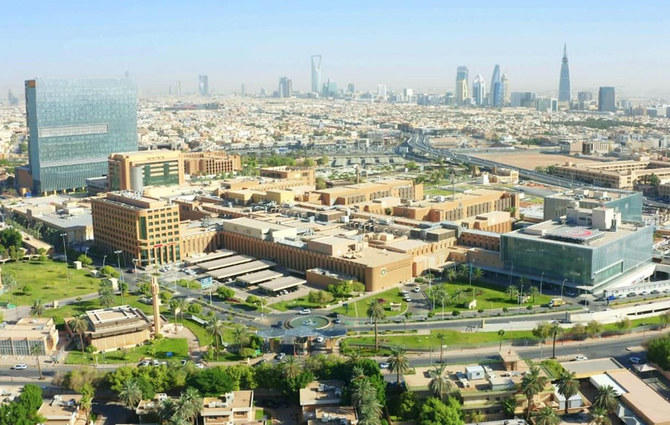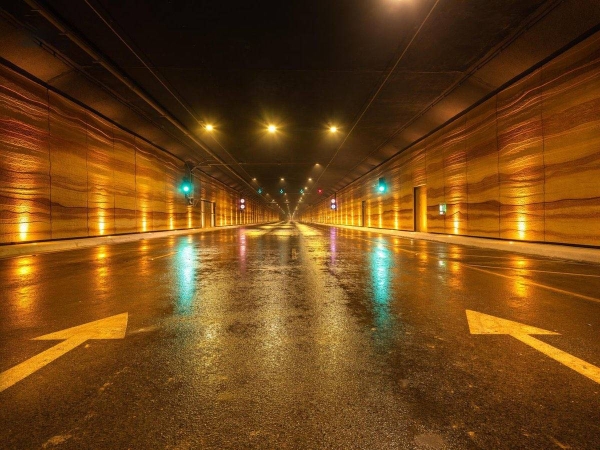Saudi scientists’ use of a special DNA sequencing process to identify a new bacterial species could help in global efforts to combat resistance to antibiotics.
The discovery by experts at Riyadh’s King Faisal Specialist Hospital and Research Center was expected to throw new light on bacterial-drug interactions, fostering innovative therapeutic approaches.
A technique known as whole-genome sequencing was used to spot the new species, stenotrophomonas riyadhensis.
According to the center, the findings will contribute significantly to global antibiotic resistance efforts, while throwing a spotlight on the center’s growing reputation for scientific research and patient care.
In a statement, the center said WGS underscored the “potential of genomic tests in diagnosing and treating bacterial infections, particularly in critical environments like intensive care units and among immunocompromised patients.”
It added that the discovery represented “substantial progress” in the fight to combat antibiotic resistance, the development of pharmaceuticals, and the prevention of disease spread.
The new species, discovered during a 2019 investigation into an outbreak at the center’s intensive care unit, was initially presumed to be a variant of pseudomonas aeruginosa, known for its antibiotic resistance.
However, further WGS analysis revealed that riyadhensis deviated from the pseudomonas genus, belonging instead to the stenotrophomonas family. It exhibited distinct genetic and morphological traits, setting it apart from any other scientifically recognized members.
Head of the center’s infectious disease and immunity department, Dr. Ahmad Al-Qahtani, said: “Traditional bacterial identification methods may lead to misidentification; in contrast, WGS analysis offers a precise and targeted approach that ensures accurate identification and provides detailed insights into resistance mechanisms, proving its significance in disease outbreak investigations and patient care improvements.”
Dr. Reem Almaghrabi, head of transplant infectious diseases at the center’s Organ Transplant Center of Excellence, highlighted the importance of the discovery in the use of advanced technologies, such as WGS, to develop faster and more accurate diagnostic methods.
She said the approach had established the groundwork for scientific collaboration at all levels, enhancing global efforts to combat antibiotic resistance.
Almaghrabi noted that understanding the nuances of new bacterial species, particularly their antibiotic resistance, was crucial in modern healthcare and was the primary means of combating bacterial infections.
“As these bacteria continuously evolve their resistance, they pose a significant and ongoing threat to human health,” she added.
source/content: arabnews.com (headline edited)
__________

_________________
SAUDI ARABIA
